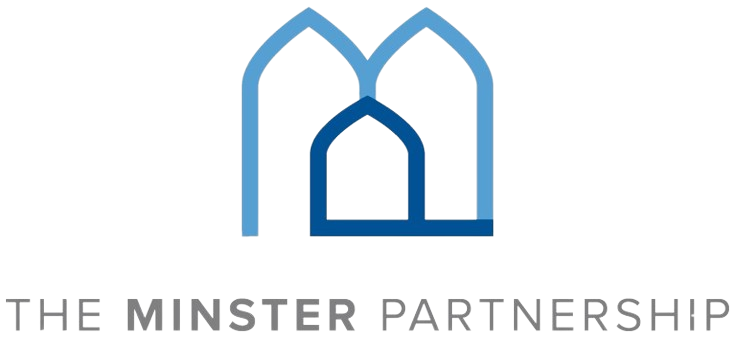Related Links
- Standard Variable Rate Mortgages
- Self Employed Mortgages
- Self Build Mortgages
- Second Properties
- Second Charge Mortgages
- Retirement Interest Only Mortgages
- Remortgaging
- Offset Mortgages
- Mortgage Repayment
- Limited Company Lending
- Let-To-Buy Mortgages
- Introduction To Mortgages
- Holiday Let Mortgages
- High-Value Mortgages
- Help To Buy: Equity Loan
- Fixed Rate Mortgages
- First Time Buyer
- Cashback Mortgages
- Buy-to-let
- Bad Credit Mortgages











